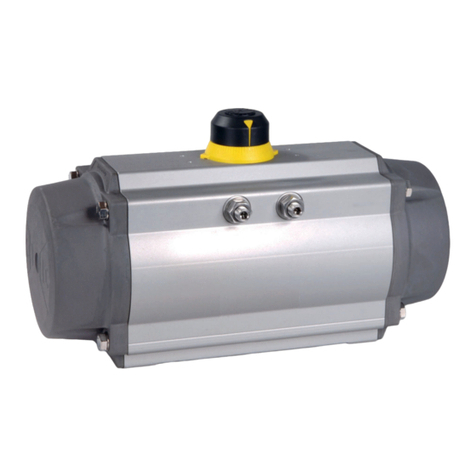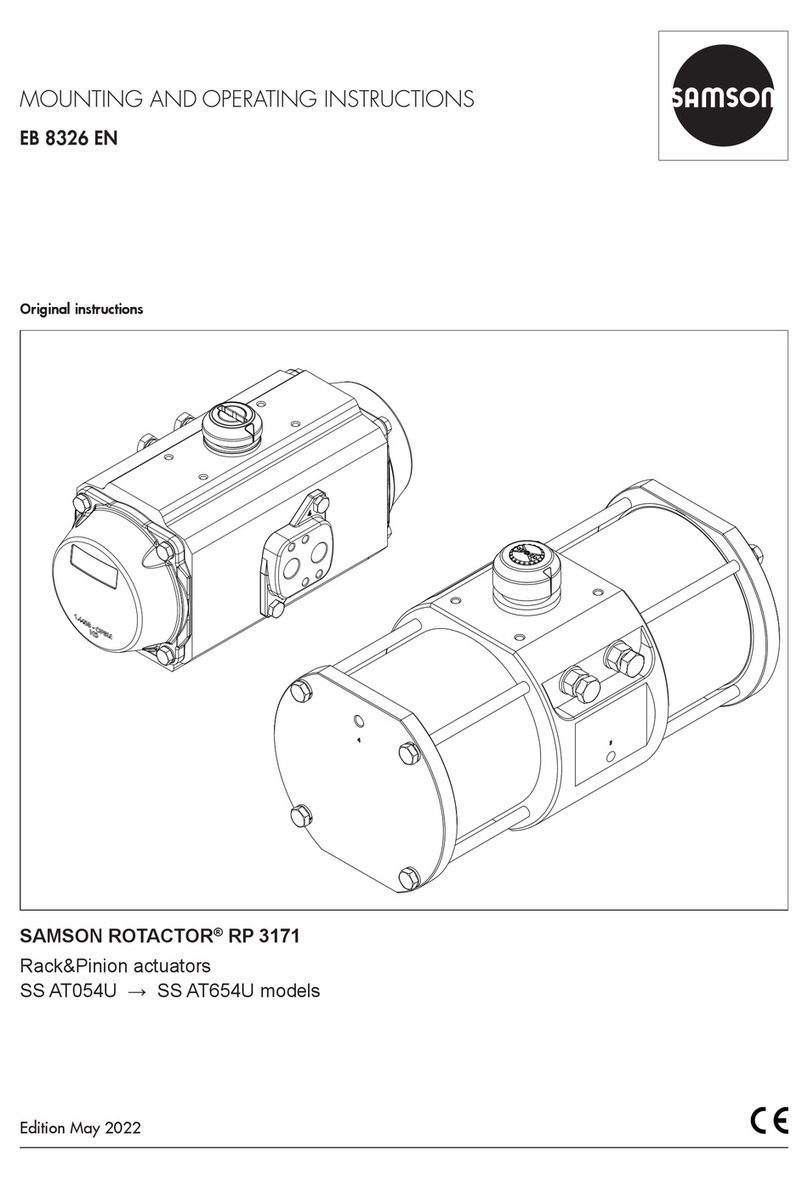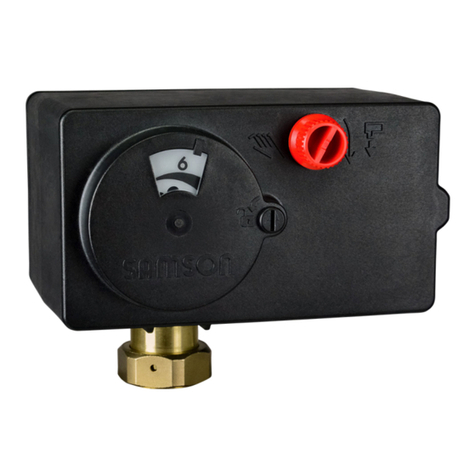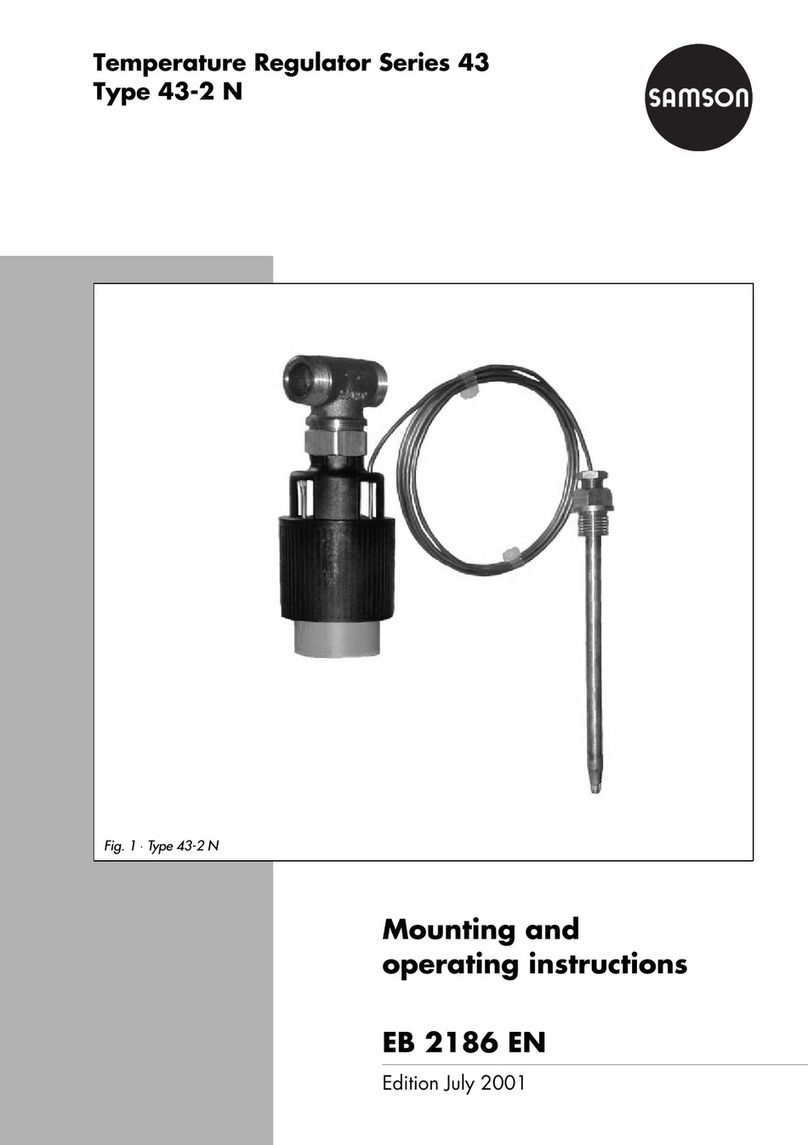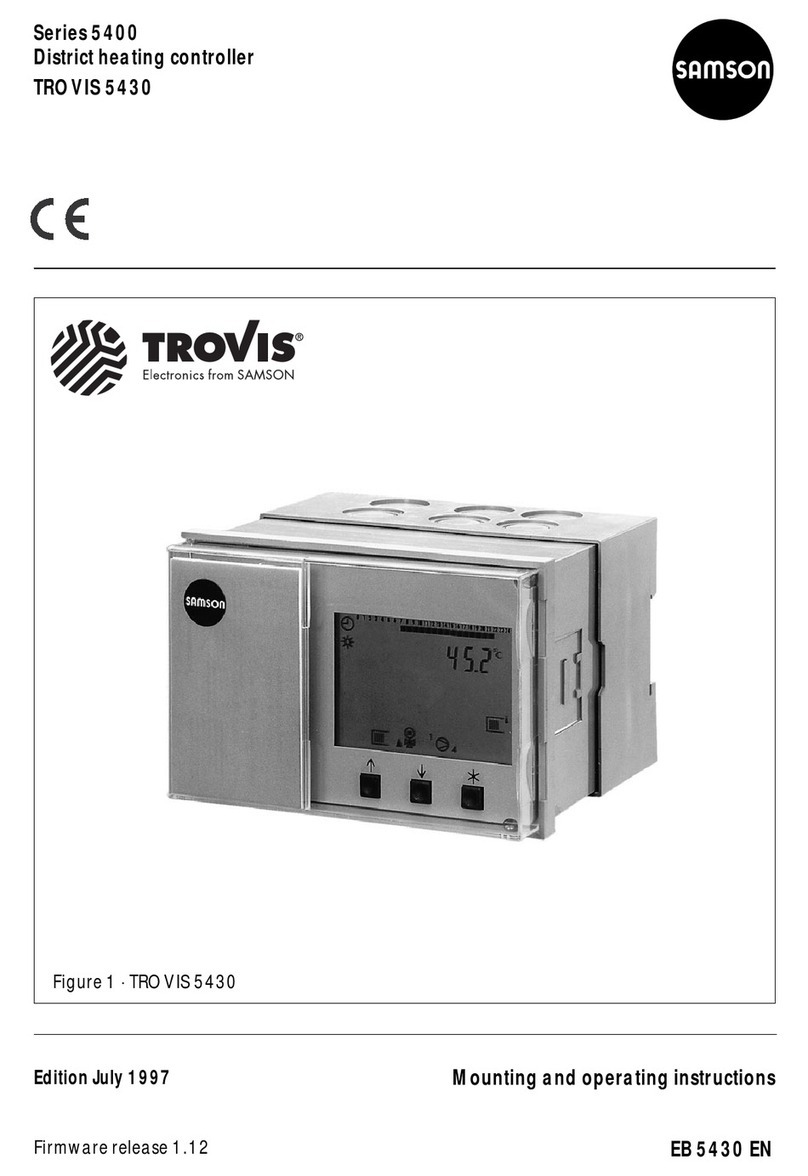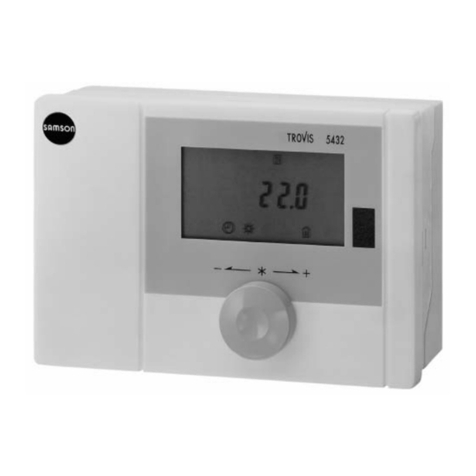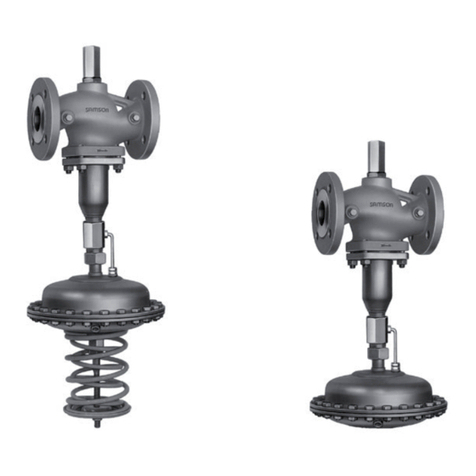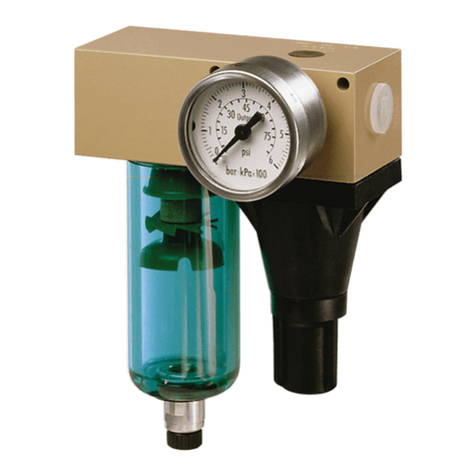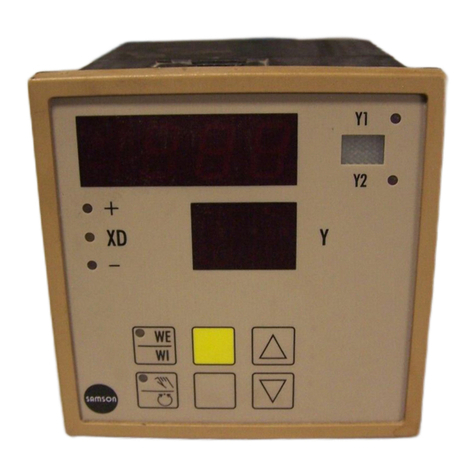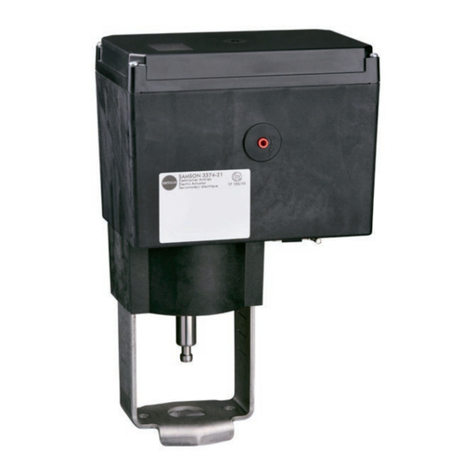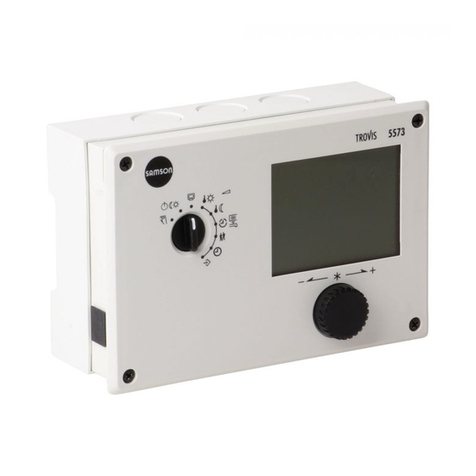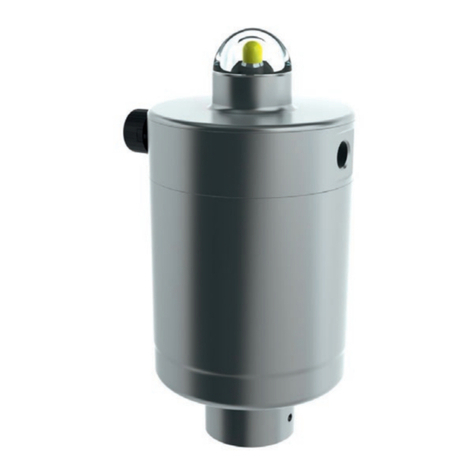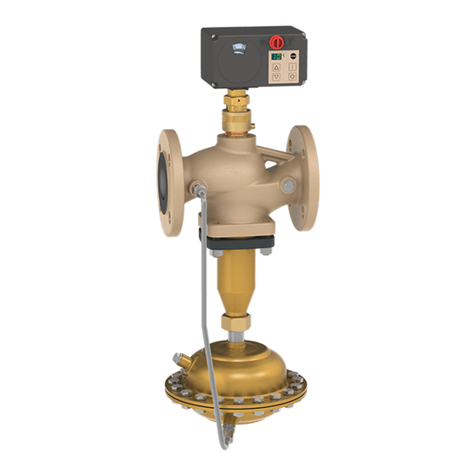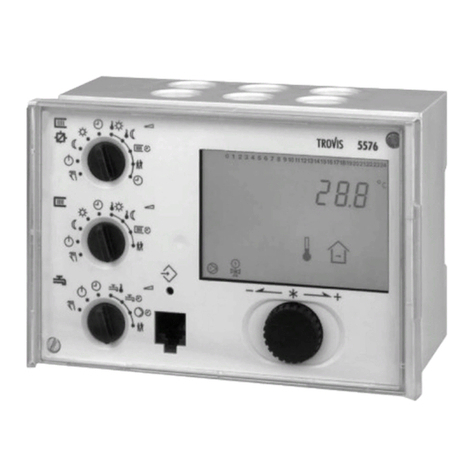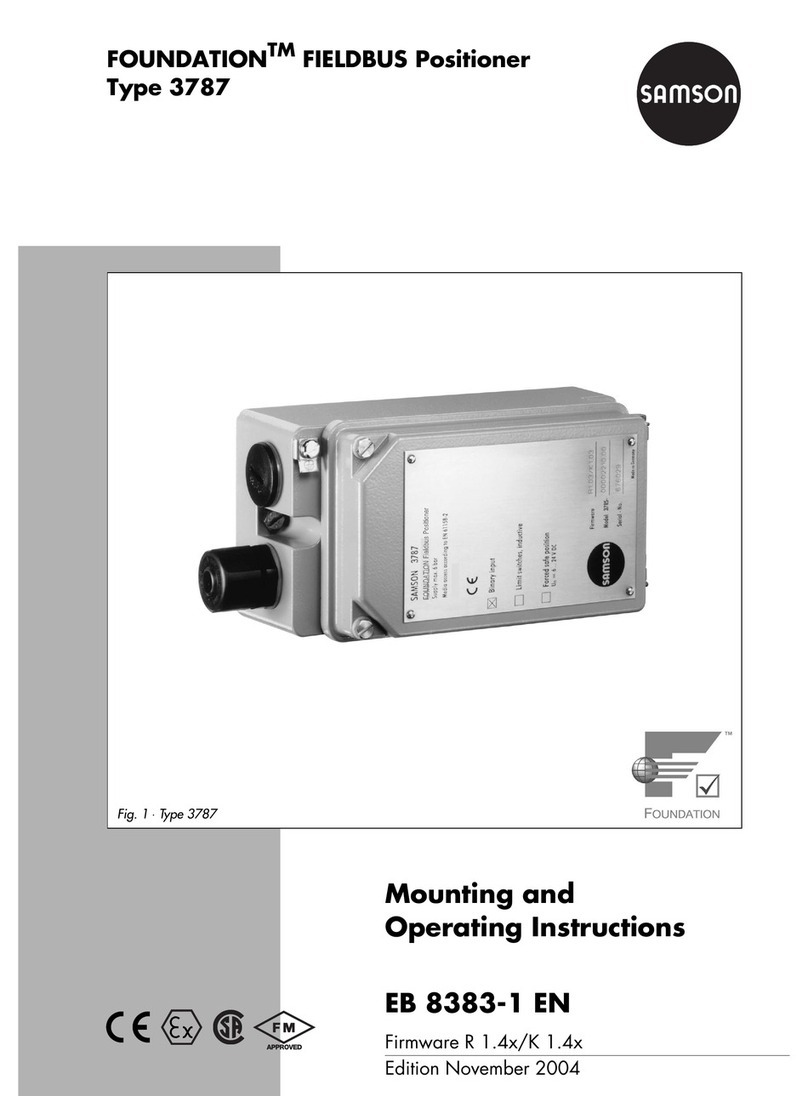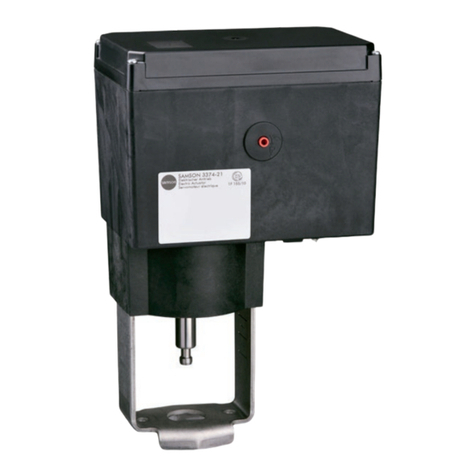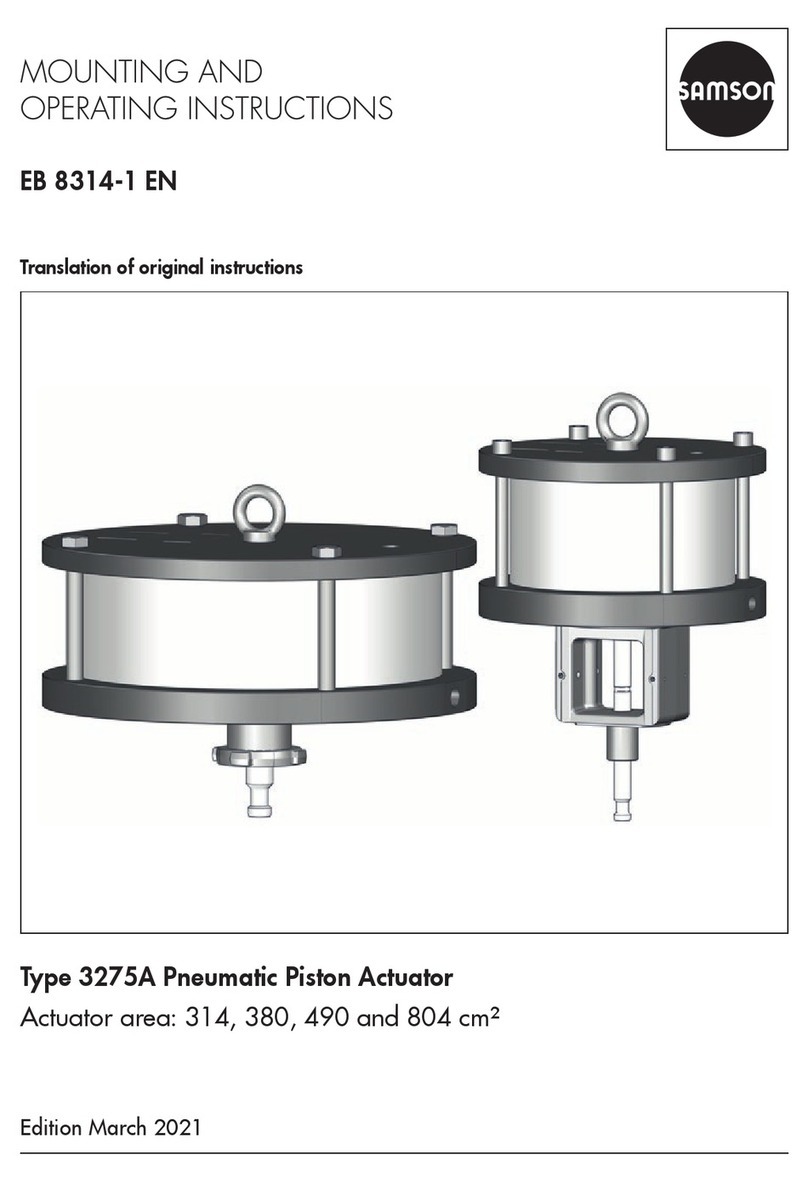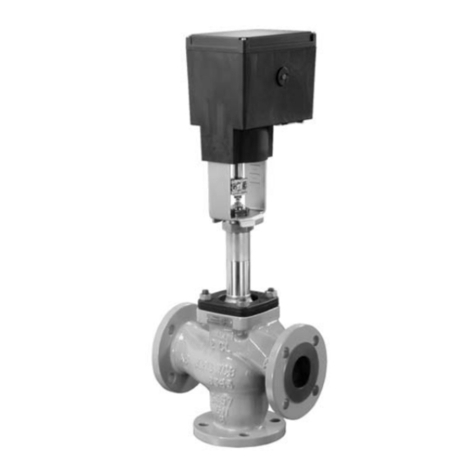
Contents
EB 5840 EN 3
1 Safety instructions and measures ................................................................1-1
1.1 Notes on possible severe personal injury ......................................................1‑4
1.2 Notes on possible personal injury ................................................................1‑4
1.3 Notes on possible property damage.............................................................1‑6
2 Markings on the device ..............................................................................2-1
2.1 Actuator nameplate.....................................................................................2‑1
3 Design and principle of operation ...............................................................3-1
3.1 Direction of action.......................................................................................3‑1
3.2 Signal pressure routing................................................................................3‑1
3.3 Fail‑safe action ...........................................................................................3‑3
3.3.1 Version with direction of action "actuator stem extends".................................3‑4
3.3.2 Version with direction of action "actuator stem retracts" .................................3‑4
3.4 Accessories ................................................................................................3‑4
3.5 Technical data ............................................................................................3‑4
4 Shipment and on-site transport ...................................................................4-1
4.1 Accepting the delivered goods .....................................................................4‑1
4.2 Removing the packaging from the actuator ...................................................4‑1
4.3 Transporting and lifting the actuator .............................................................4‑1
4.3.1 Transporting the actuator.............................................................................4‑1
4.3.2 Lifting the actuator ......................................................................................4‑2
4.4 Storing the actuator.....................................................................................4‑2
5 Mounting ...................................................................................................5-1
5.1 Preparation for mounting.............................................................................5‑1
5.2 Mounting the actuator .................................................................................5‑1
5.2.1 Mounting the actuator onto the valve............................................................5‑2
5.2.2 Connecting the air supply............................................................................5‑3
6 Operation..................................................................................................6-1
6.1 Supply pressure in closed‑loop operation......................................................6‑2
7 Malfunctions ..............................................................................................7-1
7.1 Troubleshooting ..........................................................................................7‑1
7.2 Emergency action .......................................................................................7‑2
